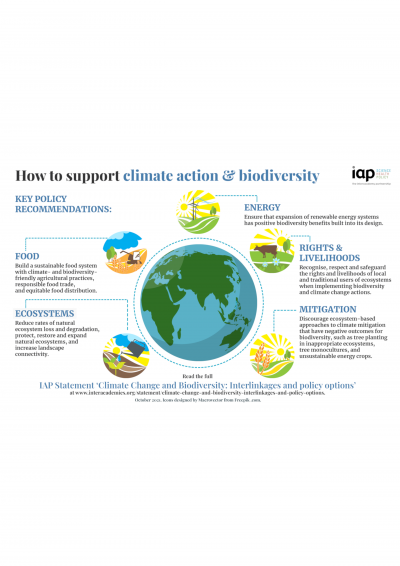Discover the hidden consequences of climate change on biodiversity in our informative guide. Shocking facts await – don’t miss out!

Image courtesy of Ketut Subiyanto via Pexels
Table of Contents
Climate change is one of the most pressing issues of our time, with far-reaching implications for the environment and biodiversity. As temperatures rise and extreme weather events become more frequent, the delicate balance of ecosystems around the world is being disrupted. In this article, we will explore the impact of climate change on biodiversity and what individuals can do to help mitigate its effects.
Understanding the Connection
Climate change and biodiversity are closely intertwined. As the Earth’s climate continues to warm due to human activities such as burning fossil fuels and deforestation, habitats are changing rapidly. This has serious consequences for species that depend on specific environmental conditions to survive. From polar bears losing their sea ice hunting grounds to coral reefs bleaching due to rising ocean temperatures, the effects of climate change on biodiversity are evident.
The Threat to Species Diversity
One of the most significant impacts of climate change on biodiversity is the threat to species diversity. As habitats shift and fragment, many species are finding it difficult to adapt or move to new locations. This can lead to local extinctions and a loss of genetic diversity within populations. Without diverse gene pools, species become more vulnerable to diseases, climate fluctuations, and other threats.
Protecting Ecosystem Services
Biodiversity is essential for maintaining ecosystem services that humans rely on for survival. From providing clean air and water to pollinating crops and regulating climate, healthy ecosystems are crucial for our well-being. Climate change is putting these services at risk by disrupting the delicate balance of species interactions and ecosystem functions. It is essential to protect biodiversity to ensure the resilience of ecosystems in the face of changing climate conditions.

Image courtesy of www.interacademies.org via Google Images
Adaptation and Mitigation Strategies
While the impacts of climate change on biodiversity are significant, there are actions that individuals and communities can take to help mitigate its effects. Planting native trees, reducing carbon emissions, supporting conservation efforts, and advocating for policies that promote sustainability are all ways to make a positive impact. By working together to protect biodiversity, we can help ensure a healthy planet for future generations.
Conclusion
Climate change poses a serious threat to biodiversity, but by understanding the connection between the two and taking action, we can make a difference. Whether it’s making small changes in our daily lives or supporting larger conservation initiatives, each of us has a role to play in protecting the natural world. Let’s come together to safeguard biodiversity and create a more sustainable future for all species on Earth.
Generated by Texta.ai Blog Automation
